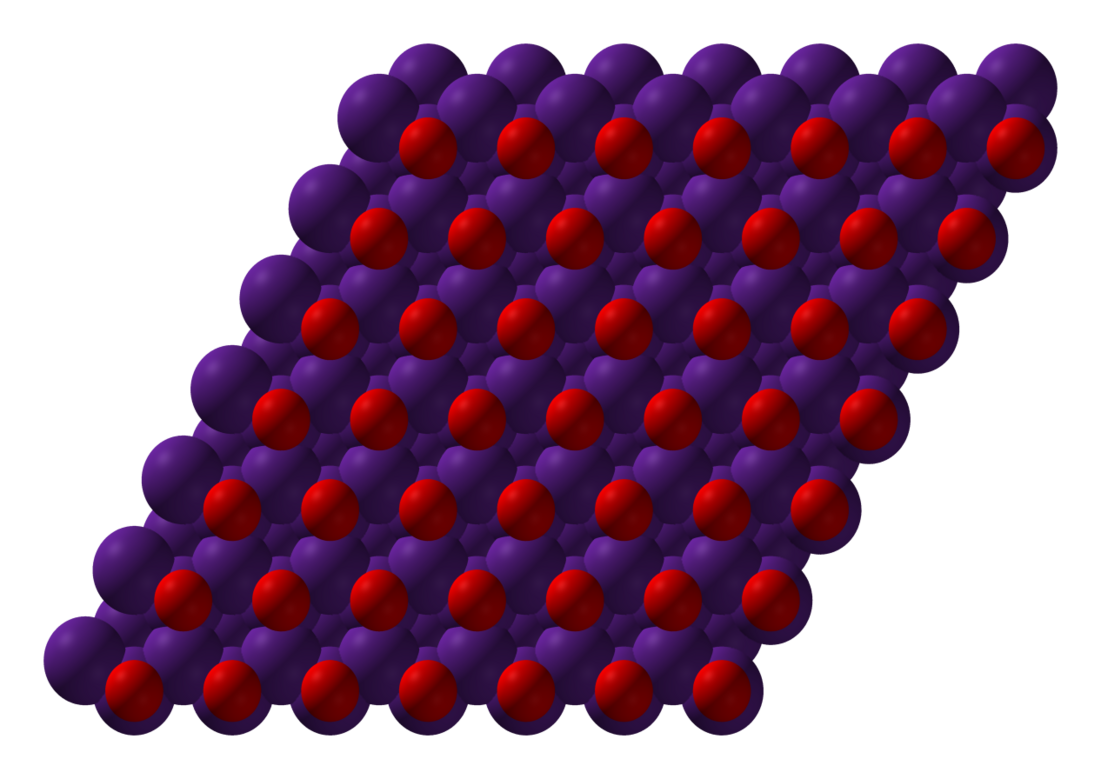Top Qs
Timeline
Chat
Perspective
Caesium monoxide
Chemical compound From Wikipedia, the free encyclopedia
Remove ads
Caesium monoxide or caesium oxide is a chemical compound with the chemical formula Cs2O. It is the simplest and most common oxide of the caesium. It forms yellow-orange hexagonal crystals.[1]
Remove ads
Uses
Caesium oxide is used in photocathodes to detect infrared signals in devices such as image intensifiers, vacuum photodiodes, photomultipliers, and TV camera tubes[3] L. R. Koller described the first modern photoemissive surface in 1929–1930 as a layer of caesium on a layer of caesium oxide on a layer of silver.[4] It is a good electron emitter; however, its high vapor pressure limits its usefulness.[5]
Remove ads
Reactions
Elemental magnesium reduces caesium oxide to elemental caesium, forming magnesium oxide as a side-product:[6][7]
- Cs2O + Mg → 2 Cs + MgO
Cs2O is hygroscopic, forming the corrosive CsOH on contact with water.
References
Wikiwand - on
Seamless Wikipedia browsing. On steroids.
Remove ads




